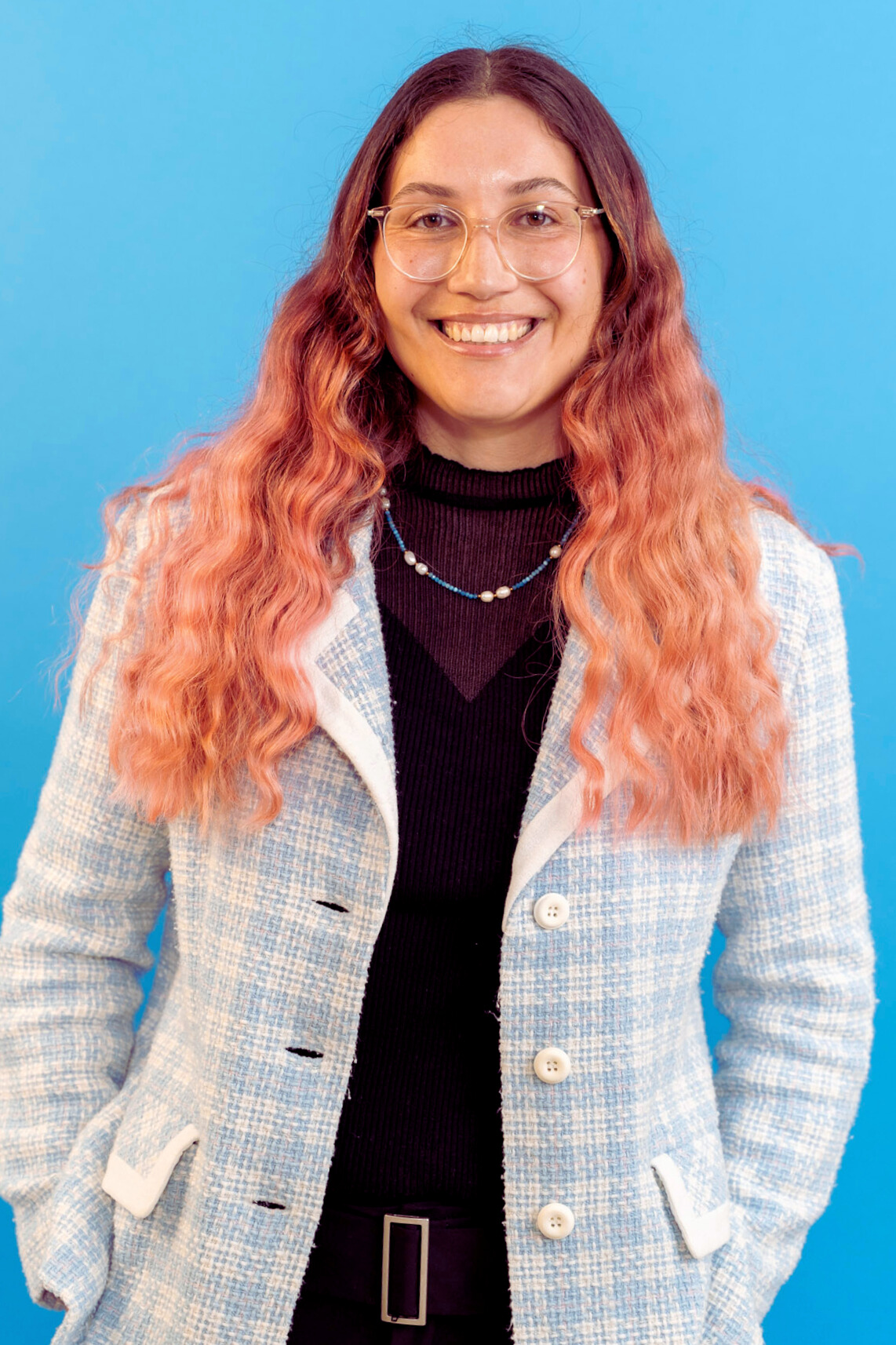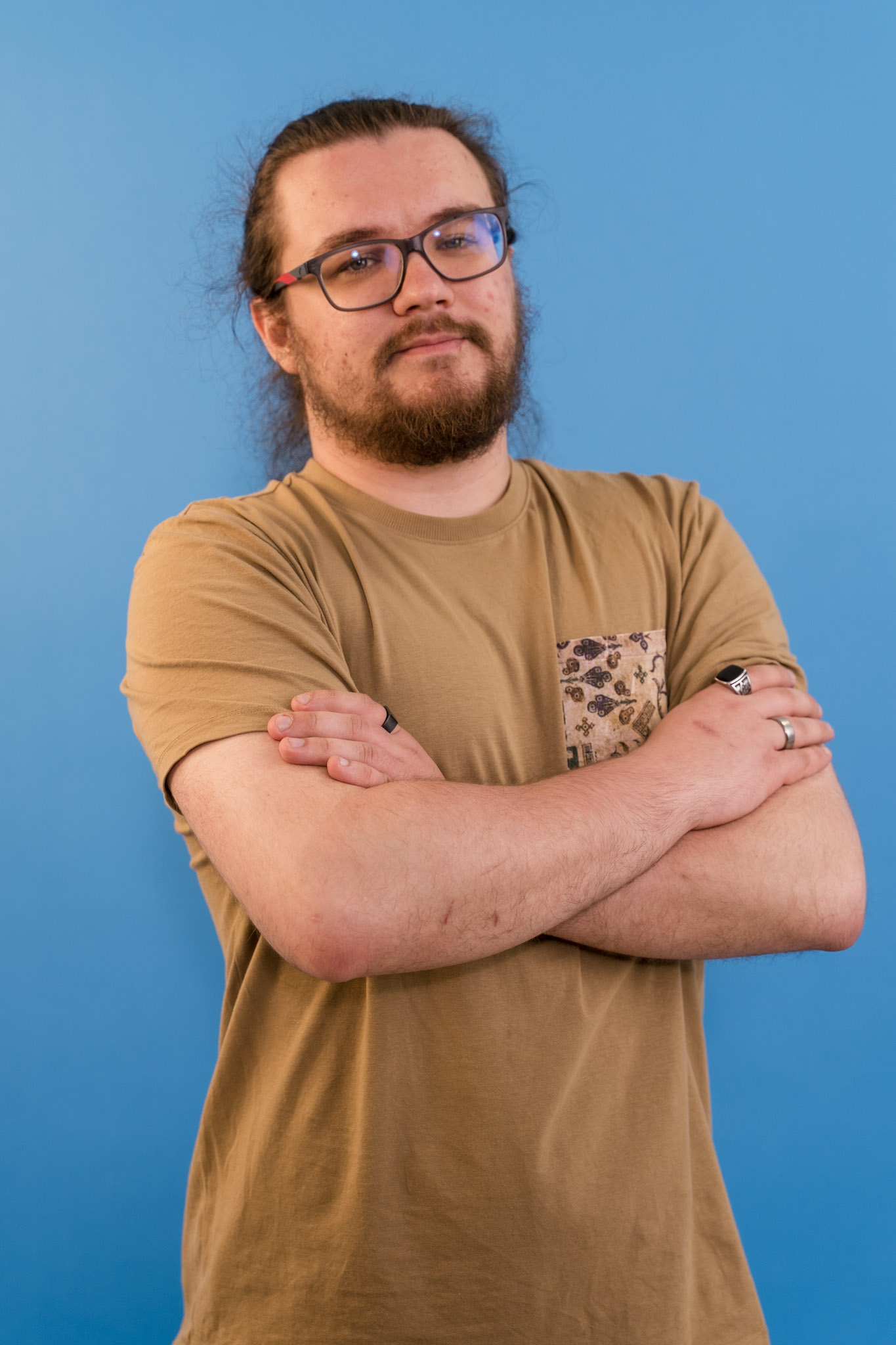"Many individuals exhibit ADHD symptoms, but to receive a formal diagnosis, they must meet at least 6 out of 9 criteria in a medical questionnaire. Those who don’t meet this threshold go undiagnosed, but that doesn’t make them neurotypical," explains Elżbieta Karwowska, PhD from Gdańsk University of Technology. She cites recent analyses showing that ADHD symptoms follow a normal distribution across the population – meaning they appear to varying degrees in most people.
In her opinion, this supports the case for designing work environments that accommodate diverse ways of functioning without requiring formal diagnoses. “Approaches that offer special support for people with ADHD or autism can be stigmatizing. They assume that these individuals must adapt to a ‘norm.’ Moreover, such support is usually reserved for those who disclose a diagnosis, which may have negative career implications,” Elżbieta Karwowska adds. Hence, she advocates for designing universal workspaces that support diversity without requiring employees to “come out”. – “This approach is not only more inclusive but also more effective – for everyone,” she concludes.
“By co-creating a bottom-up teal environment that rejects traditional hierarchies in favor of partnership-based relationships, trust, and self-organization, I see how well it responds to the needs of people with diverse ways of functioning. No one needs to disclose a formal diagnosis — ADHD, traits from the autism spectrum, or other neurodivergent differences — to receive support. The organization is designed to support everyone, regardless of labels,” says Piotrek Majewski, a management student who is also exploring the phenomenon of neurodiversity in his master's thesis.
“Autonomy, flexibility, and partnership-based communication are promoted — elements that significantly reduce stress and allow each employee to fully realize their potential. This, in turn, leads to greater engagement, a sense of safety, and loyalty, which directly impacts the effectiveness of the entire organization. For me personally, this approach is especially meaningful — I’ve recently begun to better understand the roots of my own challenges, which means they are no longer barriers, but rather a starting point for more intentional action,” he adds.
Researchers also formulated 10 recommendations for building teal and neurodiverse organizations:
● Create a safe space for authenticity
Encourage employees to express themselves freely—this is especially helpful for neurodiverse individuals who may otherwise mask their traits.
● Implement flexible communication methods
Allow staff to choose how they communicate (e.g., email instead of face-to-face meetings).
● Adapt the work environment to different sensory needs
Provide quiet rooms, adjustable lighting, and reduced sensory input—supporting, for example, autistic individuals.
● Encourage self-organization
Enable employees to choose their own tasks and projects—aligning with ADHD-related needs for independence and hyperfocus.
● Develop conflict resolution systems with the team
Replace hierarchy with mechanisms rooted in partnership and open feedback.
● Support the need for structure and predictability
Establish clear rules and procedures—especially important for those who value routine and consistency.
● Reduce unnecessary meetings and enable deep work
Introduce “meeting-free” or “focus days” to support productivity for employees prone to distraction.
● Involve neurodiverse staff in shaping workplace culture
Treat them not as recipients of support but as co-creators of innovative practices.
● Avoid labeling—focus on needs and strengths, not diagnoses
Encourage employees to talk about their needs and assets rather than medical labels.
● Implement teal practices gradually and locally
Start with a single team or project to demonstrate small-scale effectiveness and foster grassroots cultural change.
“If you resonate with these ideas, try putting them into practice,” encourages Elżbieta Karwowska, PhD. “Even two people working in line with teal and neurodiverse principles can be a great start!”

